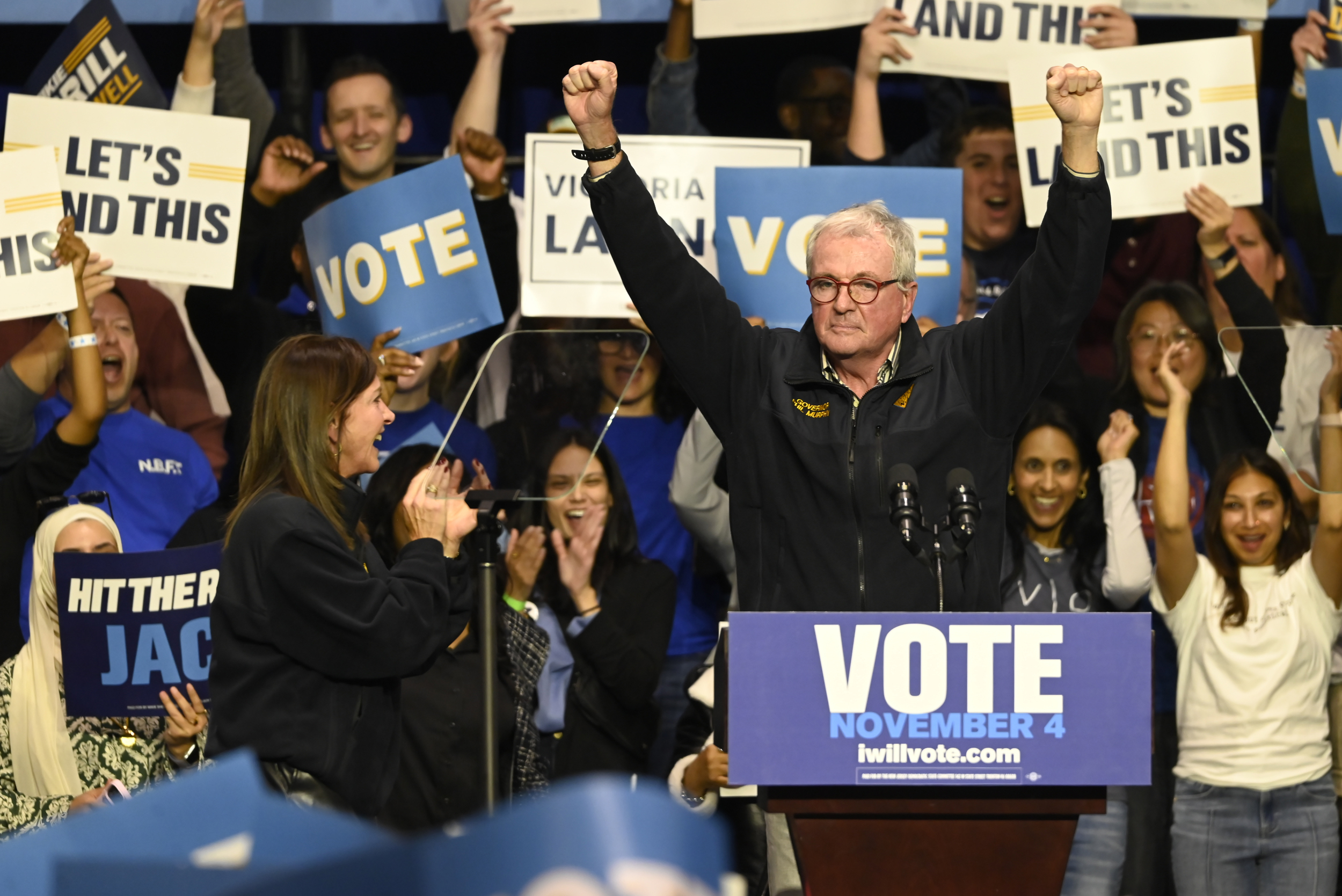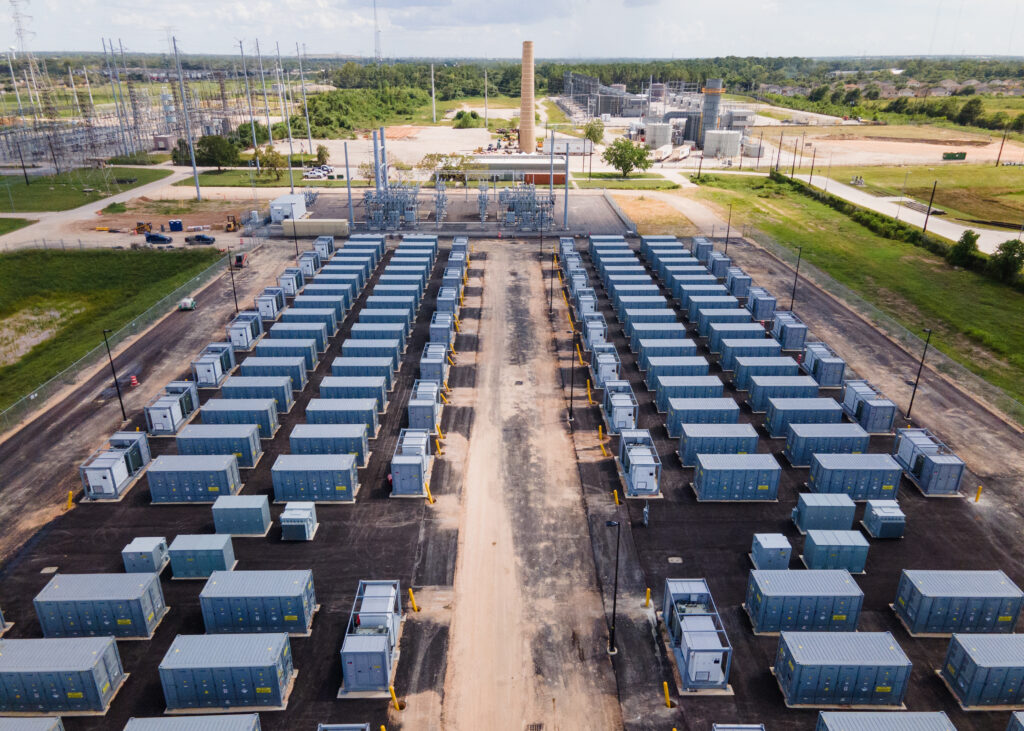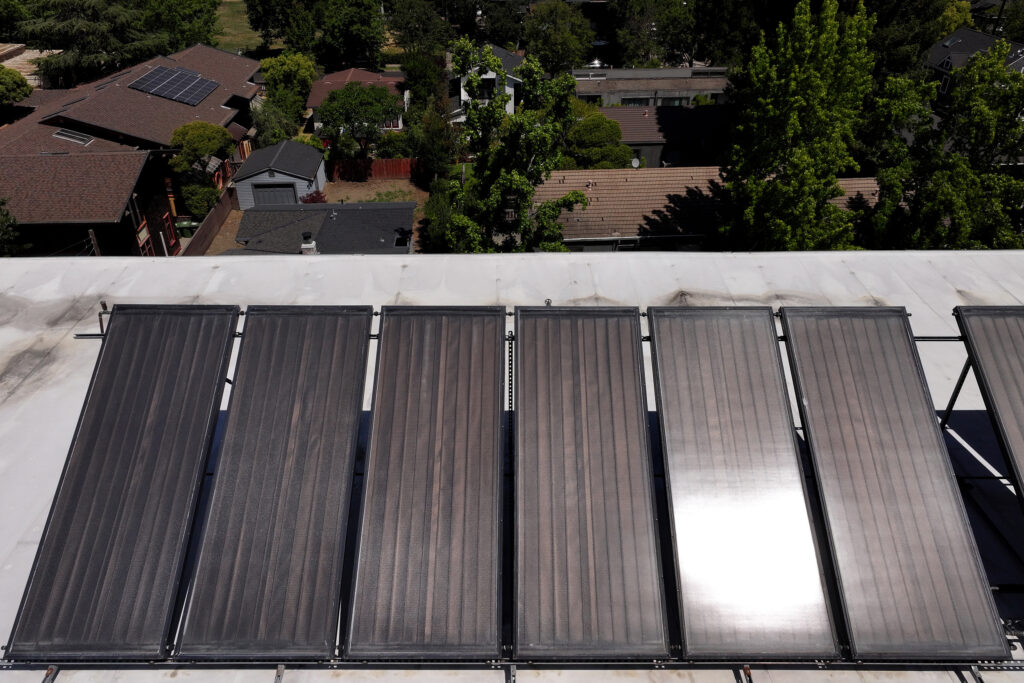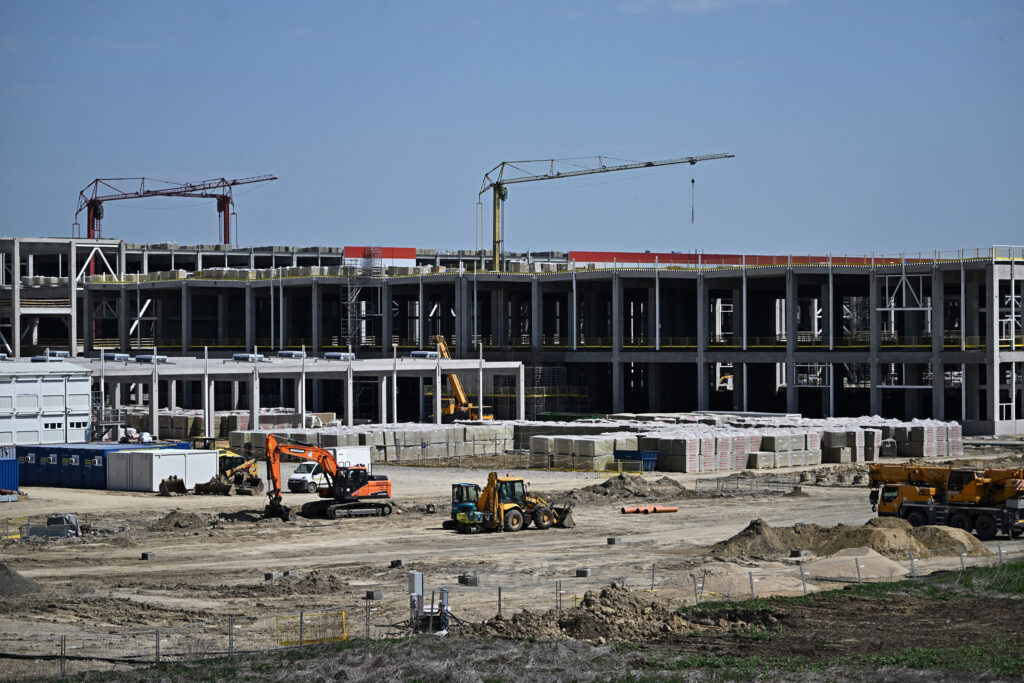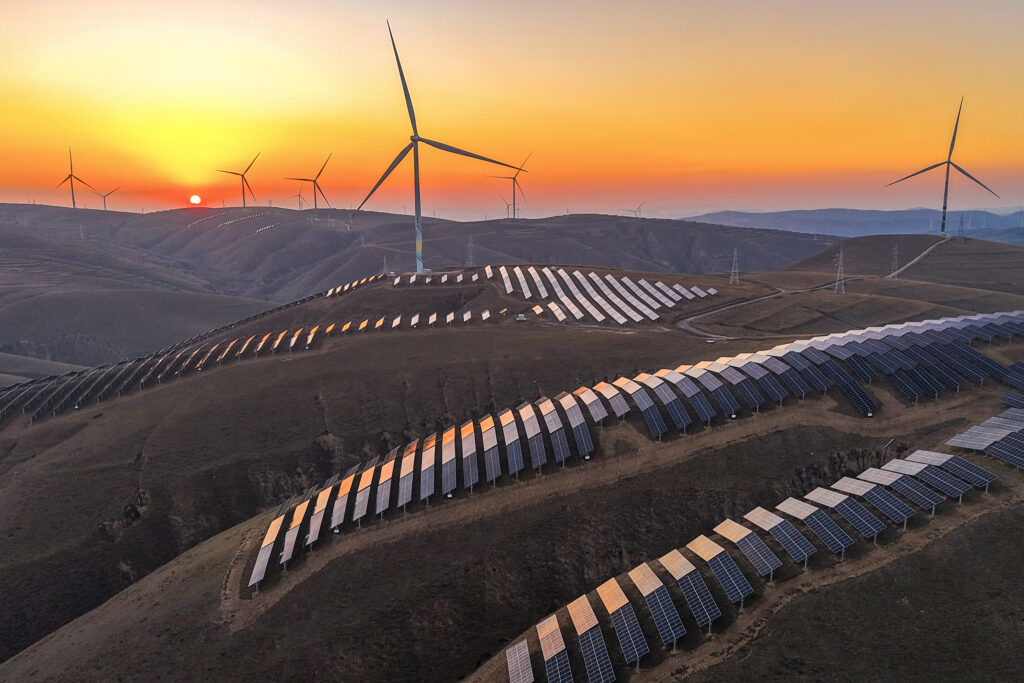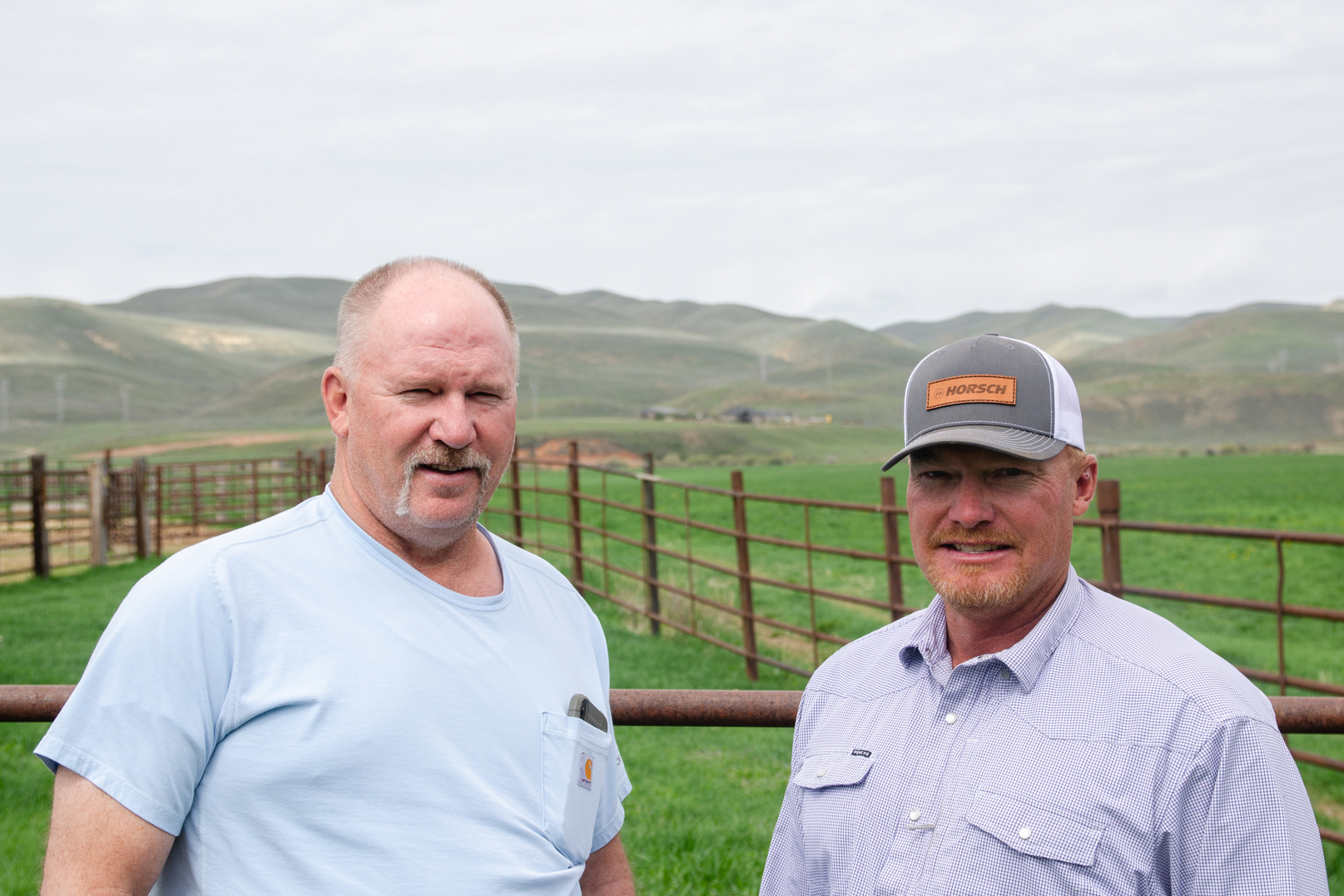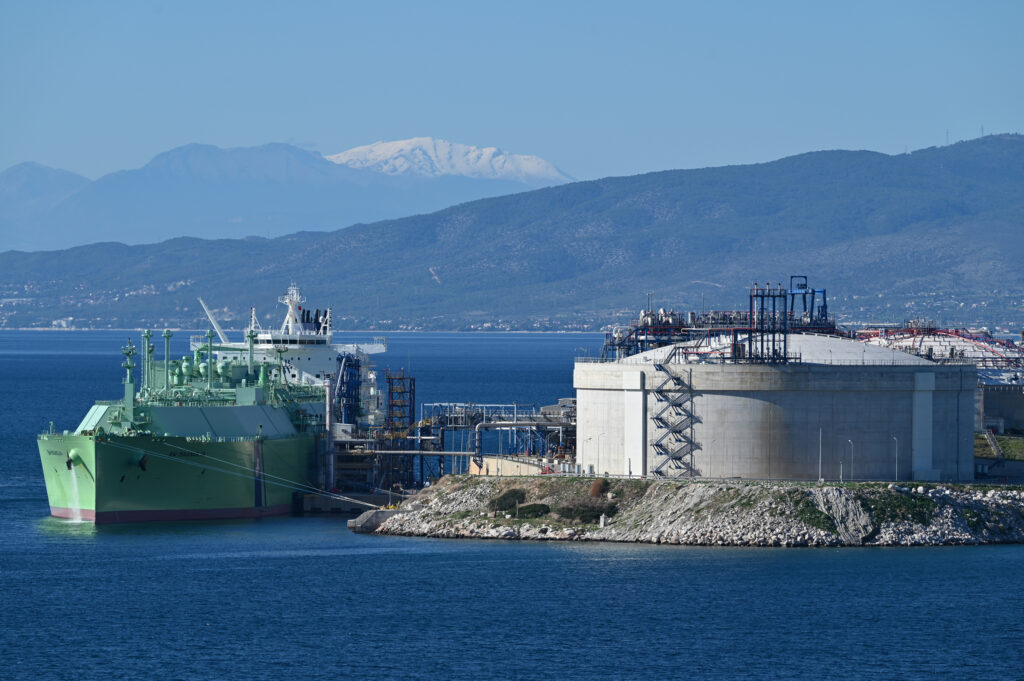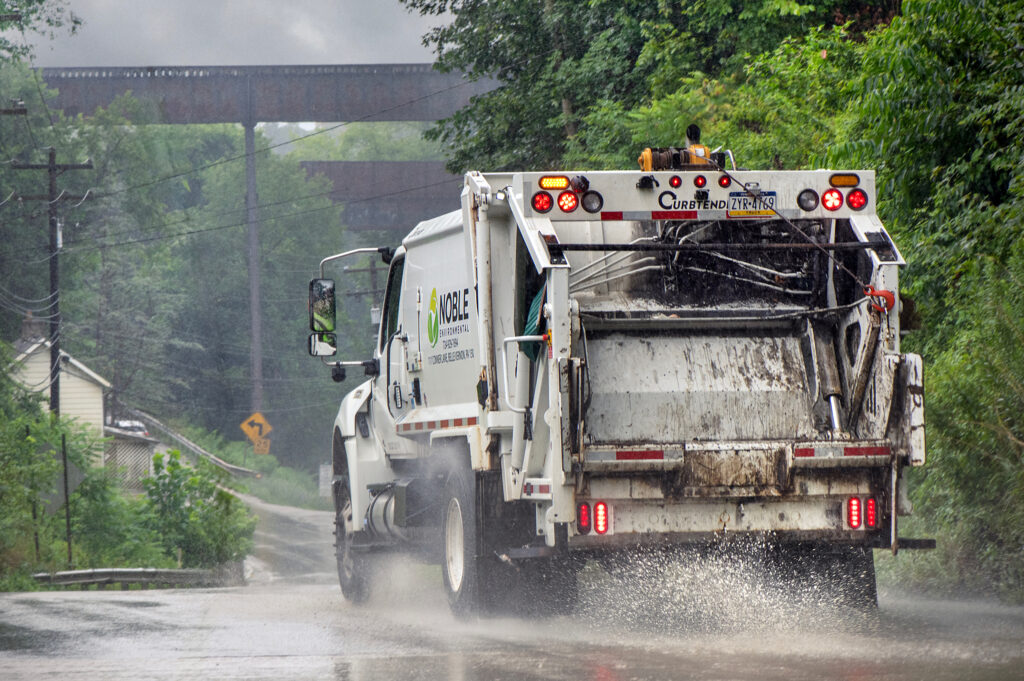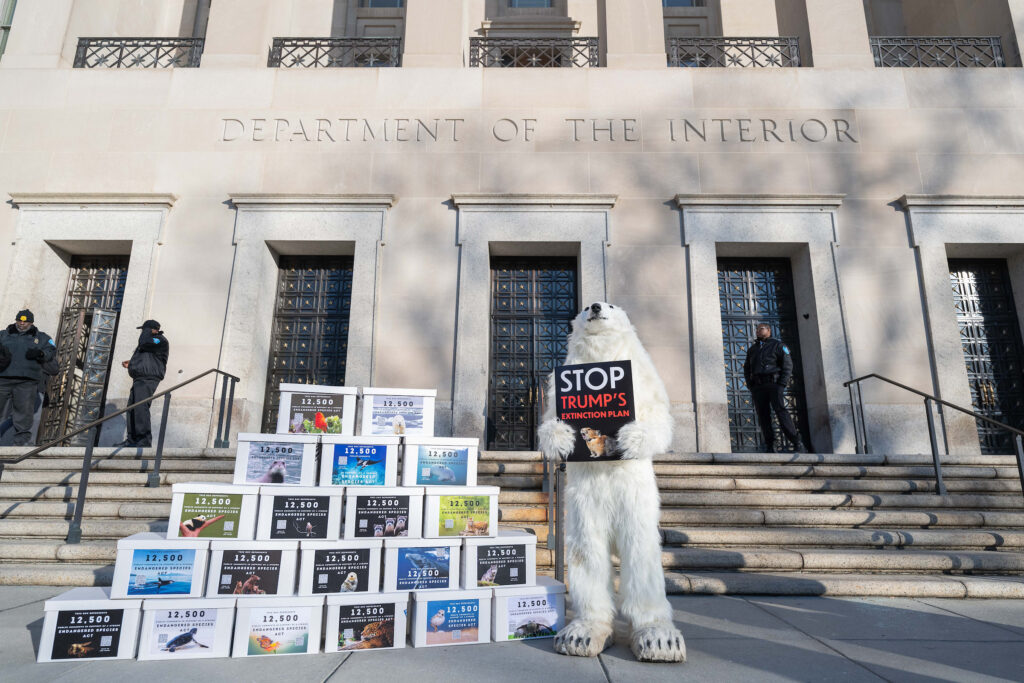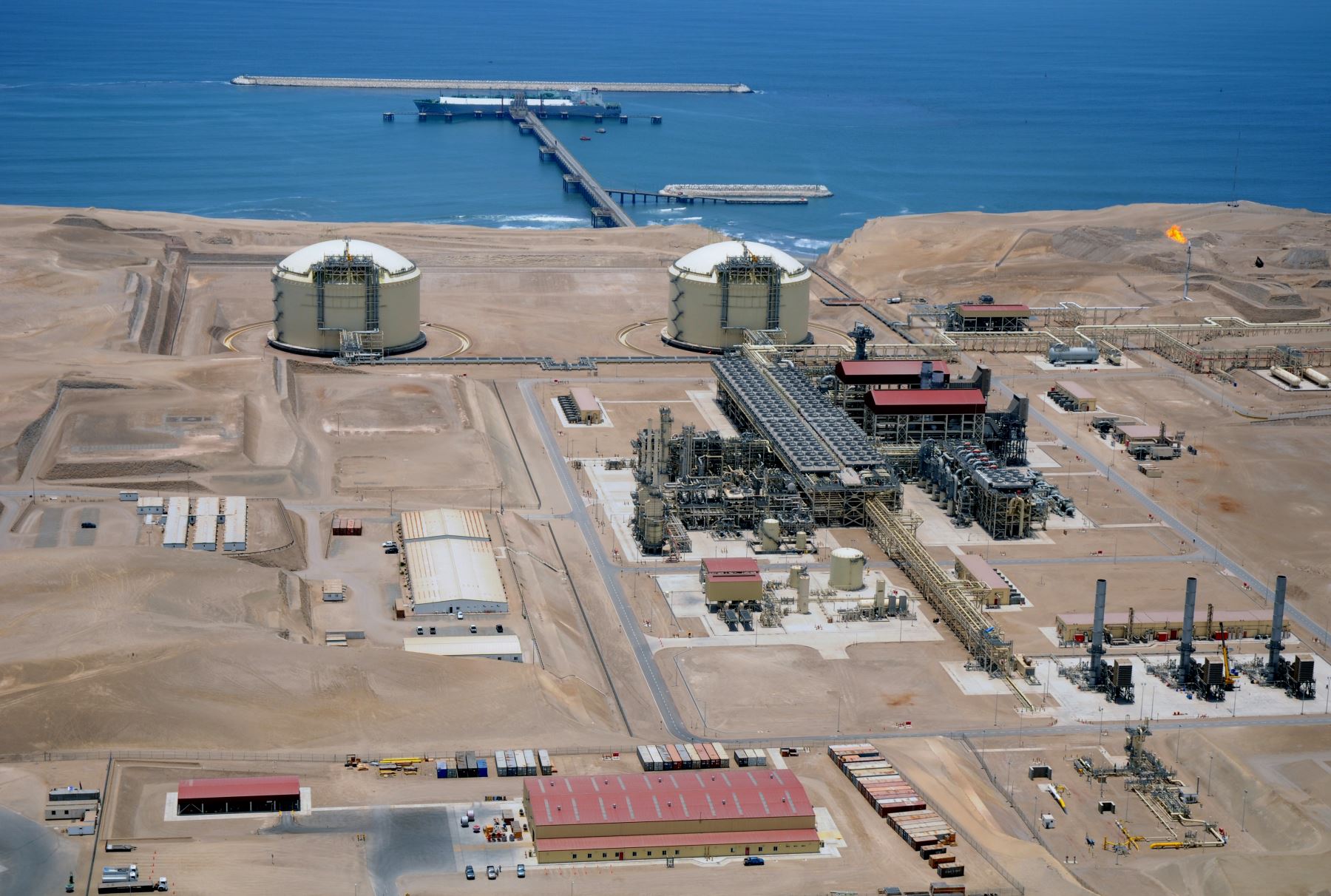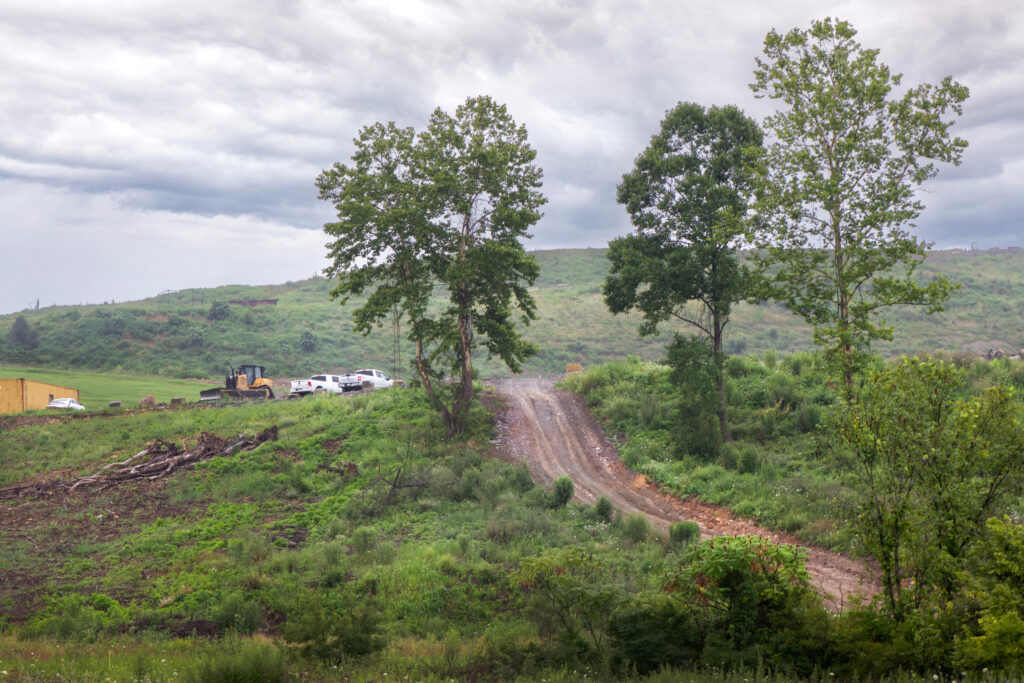The rooftop of the International Tailoring Company Building, located in lower Manhattan, offers views of the distinctive buildings of the East Village, including rowhouses and old music venues.
But what drew the attention of a gathering on the rooftop was the stack of dry coolers and heat pumps—a marker of the changes to the building’s heating and cooling system.
The system is an example of a near-complete electrification of a building—exactly what will eventually be required for most large buildings in the city under Local Law 97, which requires many buildings to reduce their greenhouse gas emissions over time.
Buildings account for two-thirds of the city’s emissions. Though the law is a significant climate policy for the city, the residents of the International Tailoring Company Building co-op still had to overcome financial and technical obstacles in their journey to comply with its mandates.
Eric Einstein, the co-op board president, had been preparing for this. Through a combination of refinancing the building’s mortgage, building up fund reserves and rebates resulting from federal, state and city policies, his building was able to pay around $9 million to make the necessary changes to its heating and cooling systems, he said.
But many other co-ops worry that the price tag is too high, and that the city’s policies designed to help them are insufficient.
Success for One Co-op
A co-op is a common type of apartment living in New York. In a co-op, residents do not own their apartments; a corporation does. The residents are each shareholders in that corporation, and the amount of shares they own often depends on the size of their unit. Members of a co-op will also pay maintenance fees, which are usually calculated based on the size of their unit.
As a result, residents of a co-op are all partners in the corporation and have some say in how the building is run. Co-ops also have volunteer boards that help make decisions for residents. It’s often difficult to get residents on board with such a massive change, especially since it requires decades-long financial planning and can be costly.
Einstein, anticipating the need for a system overhaul, began setting aside savings from the residents’ maintenance fees. When the time came for the building to refinance its mortgage, the co-op was able to secure a larger loan, providing it with enough funds for the change.
In its previous form, the system they had could only cool or heat the building—there was no flexibility to adjust temperatures in individual apartments. Now, all the residents control the temperature in their homes, and the system is almost completely decarbonized.
Heat pumps pull heat from outside using a refrigerant, then release it into a water loop that runs through the building, heating its apartment units. In the summer, dry coolers keep the water loop cool as apartment cooling systems transfer excess heat into the system.
According to Lucas Taub, a senior project development engineer for Ecosystem Engineering, which retrofitted the building, the system uses the same water pipes as the original, but they are now connected to heat pumps and dry coolers on the building’s roof.
The system relies on electricity rather than natural gas. Taub clarified that, on a few of the coldest days of the year, the gas-fired boilers in the basement still need to be switched on.
Einstein said his main motivation for these changes was to provide comfort for residents, not Local Law 97. Even so, he and the rest of the co-op are unlikely to ever pay fines through the policy.
This story is funded by readers like you.
Our nonprofit newsroom provides award-winning climate coverage free of charge and advertising. We rely on donations from readers like you to keep going. Please donate now to support our work.
Donate Now
The law places gradually escalating limits on greenhouse gas emissions for most buildings larger than 25,000 square feet. Many buildings can meet the 2030 requirements by adding insulation or installing an appropriately sized boiler to make their systems more efficient, Inside Climate News previously reported.
But in 20 years, most buildings will need to completely transition away from gas heating to comply with this law. In New York City, many residential buildings rely on steam heating, which uses gas to heat water, turning it into steam which is distributed to apartments through radiators. Other buildings have a hot-water system, which heats water in the same way and circulates it through the building.
Helping More Co-ops
Last month, the city, in partnership with the Urban Land Institute New York, released a report detailing how larger co-ops can meet the requirements of Local Law 97 and what else may be needed to help them do so.
The report recommends establishing a cohort system for low- and moderate-income co-ops to share resources and data and negotiate with vendors. Co-ops with similar heating systems would pool funds to assess what work is needed to decarbonize and negotiate with companies to buy required equipment in bulk.
Jonathan Meyers of the Urban Land Institute New York noted that establishing cohorts could streamline decarbonization, potentially reducing the financial burden on co-ops.
Will DiMaggio, a senior advisor for the Mayor’s Office of Climate and Environmental Justice, said that a cohort program would aim to take a new approach to long-term financial planning. When co-ops re-mortgage, he said, city programs could help co-ops plan so that they can use it as an opportunity to fund the switch to an electric system, along with additional financial subsidies.
The report also proposes providing additional financial and technical support and loans to decarbonize these buildings. It acknowledges that some co-ops will need help with long-term financial planning to meet the more stringent greenhouse gas emissions limits coming down the pike in 20 years.
The city already has a program called NYC Accelerator that connects co-ops with the technical assistance needed to decarbonize their buildings. The city program connected Einstein to Ecosystem Engineering, a firm that designed and carried out the near-complete decarbonization of his building and also informed him about city, state and federal programs that could help lower the cost.
Still, some co-op board presidents say they cannot afford to decarbonize their buildings and that the city’s current programs offer no solutions.
Warren Schreiber, president of his co-op in Bay Terrace, Queens, says his building is affordable for middle- and working-class residents. According to him, the co-op would have to increase monthly maintenance fees by 30-35 percent to decarbonize its steam-heating system. He worries that this would be very difficult for his neighbors.
“We have senior citizens that are on fixed incomes, we have single parents living here,” said Schreiber. “I’ve been the president of my co-op for longer than I want to remember and this is the first issue that absolutely keeps me up at night.”
Taub, the engineer, explained that steam-heating systems are difficult to decarbonize. Often, steam pipes cannot be reused for a heat pump system and the work may require expensive electrical system upgrades.
Bob Friedrich, the co-op board president of Glen Oaks Village in Queens, which includes 134 buildings, said that his buildings would require new electrical rewiring to accommodate the increased load. He said it would cost between $50 million to $70 million to decarbonize his co-op’s heating system, according to the engineers who inspected his building.
“The city and the state are doing nothing to help pay for that, and loans are no help,” said Freidrich. “You can’t ask a co-op to take on more debt and create a financially ruinous economic situation.”
Friedrich and Schreiber have been staunch opponents of the law. Two years ago, a judge dismissed their lawsuit that sought to overturn it.
Supporters of the law, including Pete Sikora, the climate and inequality campaigns director with New York Communities for Change, argue that, with long-term financial planning and by waiting until gas-burning equipment needs to be replaced, the cost of decarbonizing a building is much lower. The Adams administration, as well as mayor-elect Zohran Mamdani, say they plan to offer more support to co-ops.
Mamdani has a tentative plan to help co-ops by expanding existing tax breaks and increasing investment in NYC Accelerator, though many co-op boards are skeptical that this would address their concerns about the law’s financial requirements.
At a mayoral debate in late October, Mamdani was asked how he planned to enact Local Law 97. He responded that the climate crisis is “one of the most pressing crises facing the city,” but that complying with the law is not easy.
“We have to ensure that we make it easier for condo and co-op owners to follow these laws,” he said.
About This Story
Perhaps you noticed: This story, like all the news we publish, is free to read. That’s because Inside Climate News is a 501c3 nonprofit organization. We do not charge a subscription fee, lock our news behind a paywall, or clutter our website with ads. We make our news on climate and the environment freely available to you and anyone who wants it.
That’s not all. We also share our news for free with scores of other media organizations around the country. Many of them can’t afford to do environmental journalism of their own. We’ve built bureaus from coast to coast to report local stories, collaborate with local newsrooms and co-publish articles so that this vital work is shared as widely as possible.
Two of us launched ICN in 2007. Six years later we earned a Pulitzer Prize for National Reporting, and now we run the oldest and largest dedicated climate newsroom in the nation. We tell the story in all its complexity. We hold polluters accountable. We expose environmental injustice. We debunk misinformation. We scrutinize solutions and inspire action.
Donations from readers like you fund every aspect of what we do. If you don’t already, will you support our ongoing work, our reporting on the biggest crisis facing our planet, and help us reach even more readers in more places?
Please take a moment to make a tax-deductible donation. Every one of them makes a difference.
Thank you,




